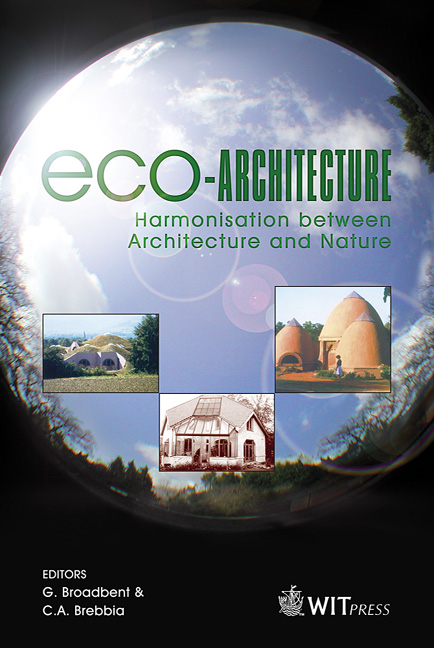Designing For Longevity
Price
Free (open access)
Transaction
Volume
86
Pages
10
Published
2006
Size
273 kb
Paper DOI
10.2495/ARC060281
Copyright
WIT Press
Author(s)
V. Straka
Abstract
The design stage of a building project is very important. Design impacts the site, physical massing, material selection, potential reuse, and energy performance. This paper addresses issues of durability of building systems in relationship to the life of a building. The spatial planning and systems selection during the design stage, with particular focus on the sustainability and life cycle of systems and materials, are essential to the potential to prolong the building’s and its components life by adaptive reuse or by dismantling for reuse at other location or component reuse. Most buildings are designed by current codes to last 30 to 100 years at most. This means that a building built today will consume energy and resources for the replacement of its components and for its maintenance for at least the same time span. If no action is taken today, then our environment is at risk during this entire period, if not longer. It is very important to consider the impact on future generations of what is being done today. Considerations of life cycle evaluation and costing over the entire life of the building are the only reasonable way to evaluate a project. As the refurbishment of buildings has potentially the least environmental impact, it is important to consider the implications of designing at least some elements, notably the structure, to provide flexibility and potential for alternative use. Keywords: design life, sustainability, cradle to grave, life cycle assessment, durability, adaptive reuse, component reuse. 1 Introduction Over the past decade, severe weather conditions, such as hurricanes, tornados, storms, heavy rains, and unusual seasonal variations in temperatures have been increasing in number and intensity all over the world. A northern community in
Keywords
design life, sustainability, cradle to grave, life cycle assessment, durability, adaptive reuse, component reuse.





